Diseases and pests of fir and methods of dealing with them
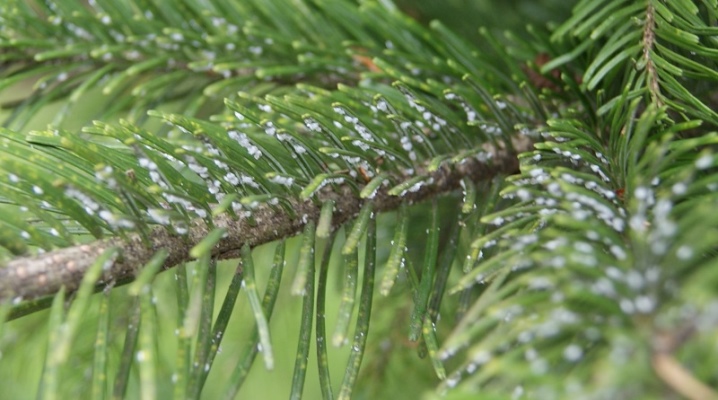
Fir is a popular evergreen that adorns city parks, squares and private gardens everywhere. This culture is considered quite unpretentious, however, it also needs care and protection from various diseases and insect pests. Fir lesions lead to a gradual loss of the decorative appearance of this conifer and its wilting. If you do not engage in resuscitation in a timely manner, then the fir can die pretty quickly.
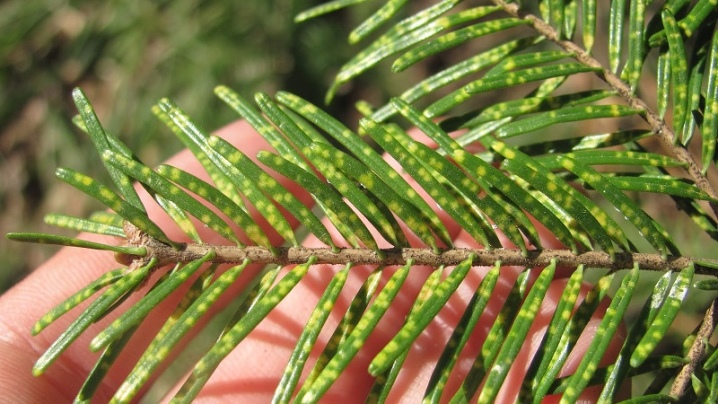
Causes of occurrence
Many problems of fir associated with violation of agricultural technology.
- Failure to comply with the rules of planting. When planting a seedling, it is imperative to take into account the shrinkage of the soil, it is advisable to prepare the hole in advance and leave it for a couple of weeks. During direct planting, the earthen lump should not be deepened unnecessarily, since the root collar should remain flush with the ground. If the landing is lower, over time, a small depression will form around the trunk, in which water will begin to accumulate. This makes the root collar wet and causes fungal infections.
- Failure to comply with the rules of vegetable neighborhood. Fir should not be planted near trees and shrubs that consume too much water and micronutrients from the ground (linden, oak, maple and some fruit crops). They need to be planted no closer than 4-5 meters from the ephedra. If the distance between crops is less, you will have to increase the amount of irrigation and the amount of fertilizing applied.
- The quality of the land. Conifers grow best in loamy soils, while the substrate must be fertile and well moisturized. On poor soil, the plant will lack micronutrients, in a sandy substrate, the fir will receive less water, and in clay, on the contrary, it will get sick from its excess amount.
- Sick seedling. When buying planting material, special attention should be paid to its quality. It is advisable to plant plants at the age of 3-4 years, they should not have any cracks, rotten fragments and other defects. The earthen lump must certainly be whole, otherwise the seedling will be difficult to adapt to the new habitat and will become an excellent "target" for pathogenic microorganisms.
- Failure to comply with the irrigation regime. If the fir does not have enough water, it stops growing, while the needles begin to turn yellow and quickly fall off. If there is too much moisture, the roots will start to rot. As a result, the plant will receive little oxygen, such an ephedra dies very quickly.
- Freezing. After returning frosts in spring, a young plant may turn yellow, and some trees cannot survive the winter cold, so they must be covered for the winter with roofing material, agrofibre or burlap.

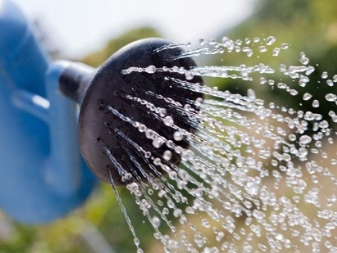
Overview of diseases
Most often, fir is exposed to fungal and cancer diseases. The second category is considered the most dangerous, since it cannot be cured.
- Rust. Fungal infection caused by microorganisms infecting the lower part of young shoots. If untreated, it very quickly forms rows of yellowish-orange blisters up to 4-5 cm high. The infection gradually spreads to all other branches of the fir, while young conifers most often die. In most cases, the infection gets on the bushes from lingonberry and linden.
- Brown shute. Another fungal infection that can affect a wide variety of fir varieties. The first symptoms can be seen immediately after the snow cover has melted. If you notice that a dark brown bloom has appeared on the needles, you need to urgently revive the plant. Without treatment, the needles turn yellow and dry out. Most often, pathology occurs in regions where the snow melts too slowly, the cause of the disease is excessive thickening of the plantings and poorly drained soil.
- Browning of needles. This attack can affect not only young, but also adult plants. In the spring, you can see yellowish spots on the needles, which eventually turn brown and quickly spread throughout the tree. On hot summer days, the sporulation of the causative agent of the disease begins; during this period, black dots located in rows can be seen on the needles.
Among the diseases of a non-infectious nature, a spring burn can be distinguished. With the onset of March, under the bright rays of the sun, the needles lose their moisture and begin to brighten.
To avoid this trouble, in early spring it is better to cover the plant with a light non-woven cloth.

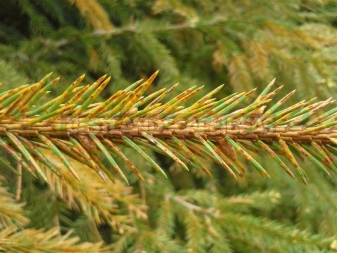
In addition, common branch and trunk diseases should be considered.
- Dying off of shoots. An infection mainly encountered by Siberian fir. The fungus primarily manifests itself on young shoots, the needles on them gradually turn yellow and die off, and dark brown tubercles form on the branches. In the later stages of the disease, the top of such a bush remains green, and the lower shoots thin out.
- Rusty cancer. When fir is infected, the branches are covered with vertically arranged shoots, popularly called "witch's brooms". The needles on the branches become denser, and tumors grow on the shoots. It is a viral disease that does not respond to treatment.
- Bacterial dropsy. The disease begins with yellowing of the needles, followed by redness. In the absence of resuscitation measures, the trunk cracks, and a black liquid with a pronounced sour smell begins to ooze from the cracks.
Diseases of the trunk and branches greatly weaken the conifers, the fir becomes susceptible to attack by pests and decay. Most often, these diseases are not cured, so diseased trees are cut down and burned, and the land at the planting site is disinfected.

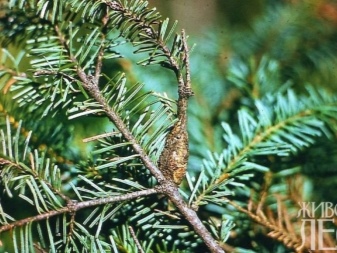
In addition to diseases of the tree itself, its trunk and branches, the root can also be affected by many ailments. The yellowing of the needles indicates that the plant lacks nutrients and water. This is most commonly associated with infections of the root system. Plants are seriously ill, it is difficult to treat such infections, therefore special attention should be paid to the prevention of pathologies. In most cases, firs are faced with the following root diseases.
- Variegated rot. The infection manifests itself on the roots and the lower part of the trunk. The lesion rises quickly, the diseased areas exude a pungent smell of turpentine and secrete a large amount of resin. Over time, it takes on a reddish-brown hue, the trunk and roots are covered with whitish spots and numerous black dots.
- Fibrous rot. The lesion appears just above the root collar and looks like a color change to light yellow with dark stripes. The disease spreads rather quickly, reaching up to 8 m in height. The result is the appearance of fruit bodies: at the bottom they differ in a brownish-red tint, and on top they are painted in yellow-brown tones.
- Sapwood rot. When the roots are damaged, the disease quickly spreads to the wood, as a result, it acquires a fibrous structure with dark sinuous formations.
Usually, the lesion affects areas of the plant from the root and 3 meters up, large growths are noticeable near the root collar.
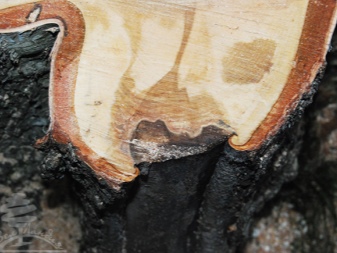

Description of pests
Fir, like many other conifers, often becomes the object of attack by garden pests that parasitize the tree and gnaw on its trunks, shoots, needles and cones. Such insects themselves lead to a slowdown in plant growth, and also often become carriers of dangerous fungal and viral infections.
Fir pests are divided into several groups.
- Needle-gnawing. This category includes insects that eat needles and bumps. This includes hermes, leafworms, and moths and volnyanki. The needles of the affected plants quickly turn yellow and crumble.
- Sucking. These are dangerous parasites that suck juice from shoots and green needles. On firs, aphids, scale insects and false scales are usually found. These pests attack young plants in extensive plantings, most often they are small in size and an almost imperceptible greenish-brown color. It is very difficult to detect them visually, because the presence of a lesion is judged by sticky secretions, which are covered with a white or silvery coating.
- Stem. These pests most often choose weakened fir, gnaw passages in the bark and trunks and suck out juices. These include golden beetles, as well as bark beetles, weevils and glass beetles.
- Pests of cones. These are gall midge flies, as well as moths. Affected buds change shape, stop growing and become covered with sticky resin.
- Root pests. These include beetles and wireworms. These insects cause great damage to the fir, gnawing through the rhizome and thereby weakening the plant.
Single pests can be removed manually, after which all affected shoots must be cut and treated with insecticides - Decis, Rogor or Fufanon are the most effective.
Processing needs to be done every two weeks, about 4 sprays will be required per season.
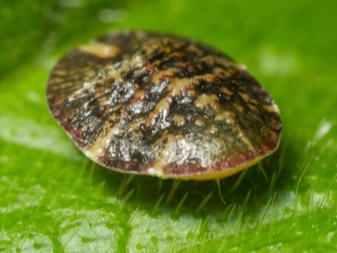
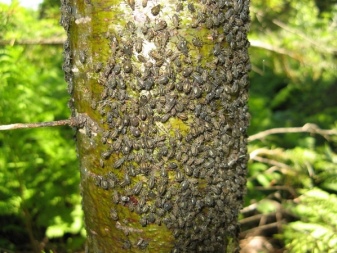
Control measures
If signs of damage to fir are found, first of all, it is necessary to carry out sanitary pruning: the damaged branches are cut off with a pruner or a hacksaw, and they will certainly be destroyed. After that, healthy areas are treated with garden varnish, and the crown of the fir is sprayed with a solution of Bordeaux liquid.
After the pests are destroyed, the plant will not be prevented by treatment with growth stimulants - "Zircon" or "Epin", they have an anti-stress effect. The introduction of drugs must be repeated three times, with an interval of 5-7 days.
Decay of the root system at the initial stages can be cured with the use of "Fundazol" - this is a powerful fungicide. If this method does not cope with the disease, the plant must be cut down, followed by treatment of the stumps with antimicrobial agents to prevent infection of other plants.
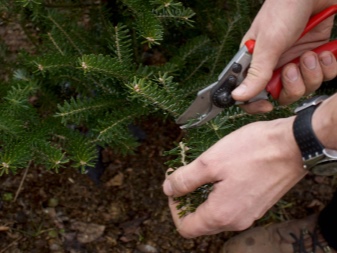

Preventive work
As you know, it is easier to prevent a disease than to fight it. And in the case of firs, this rule works 100%. In order for the plant to show resistance to infections, special attention should be paid to the annual inspection of the fir, complex feeding and the introduction of stimulants. Pests actively reproduce in hot weather, therefore it is very important to ensure an optimal irrigation regime with firs and spray them two to three times a week. At the same time, excessive watering should be avoided, since fungi and viruses actively multiply in a humid environment.
Another important factor is the protection of plantings from the active spring sun and sudden temperature fluctuations after winter.... For this, the fir is covered with burlap or agrofibre: the shelter protects the trees from frost and sun, but at the same time does not prevent it from breathing. When using spongebond, it is not necessary to completely cover the ephedra, otherwise a greenhouse effect arises under the material, which leads to the damping of the needles. It is important to ensure that the root collar is covered with snow.
To prevent the spread of fungal infections, planting rules should be followed.To begin with, you need to cultivate the land with special biological products, the planting material should be examined before the procedure and cleaned of all diseased areas in advance, the burial of the seedling is not allowed.

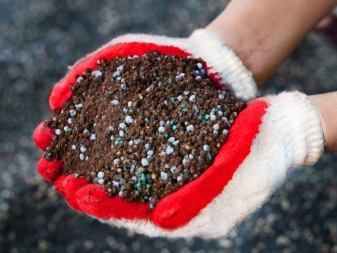
The main causes of fir diseases are improper care, disease and garden pests. Preventive measures and timely treatment will save the plant from diseases. Then such a tree will decorate your garden plot for many years.
In the next video, you will find more information on diseases of conifers.































































The comment was sent successfully.